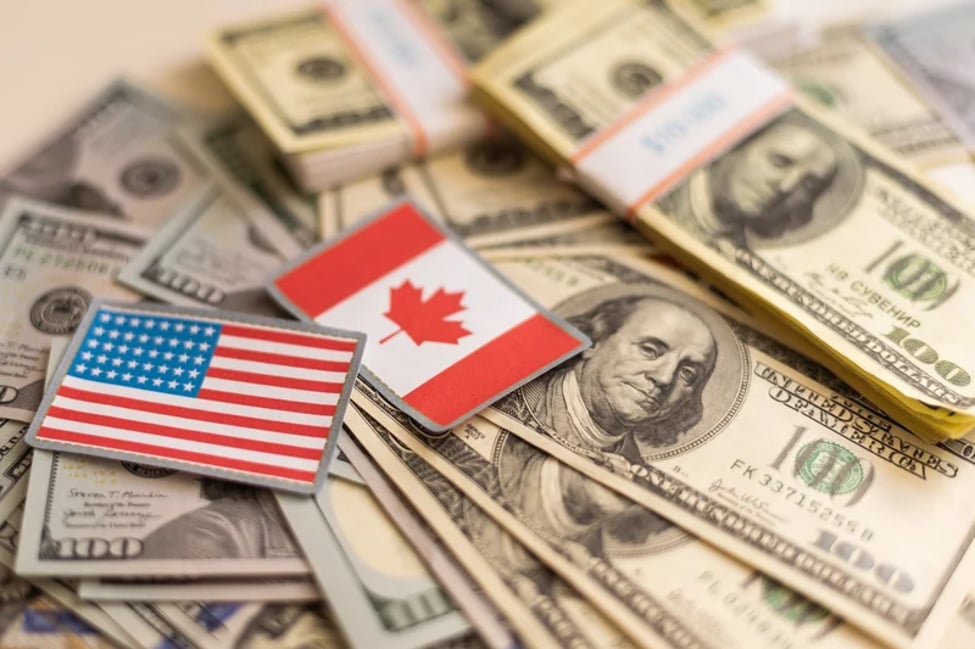In recent developments, the Canadian economy has demonstrated resilience, with a surprising annualized growth rate of 2.6% in the fourth quarter of 2024. This growth, surpassing expectations, was driven by robust consumer spending, increased business investments, and a surge in exports. Notably, household spending, which constitutes over half of the GDP, rose by 1.4%, while residential construction experienced a 3.9% uptick. Business investments also saw a 0.7% increase, particularly in machinery and equipment.
However, this positive trajectory faces potential challenges due to looming trade tensions. U.S. President Donald Trump has proposed imposing a 25% tariff on a wide range of Canadian imports, a move that could significantly impact the Canadian economy. In response, the Bank of Canada (BoC) is carefully evaluating its monetary policy approach.
Potential Economic Impacts of U.S. Tariffs
The introduction of substantial U.S. tariffs would likely render Canadian goods more expensive in the American market, leading to a decline in demand. Estimates suggest that exports could decrease by approximately 8.5% within a year of the tariffs' implementation. This downturn would not only affect Canadian businesses but also result in job losses and reduced household incomes. Additionally, retaliatory tariffs from Canada could elevate consumer prices domestically, further straining household budgets.
Monetary Policy Considerations
Traditionally, central banks might lower interest rates to stimulate economic activity during downturns. However, the BoC faces a complex situation: while rate cuts could support growth, they might also intensify inflationary pressures arising from increased import costs due to tariffs. Michael Davenport, Senior Canada Economist at Oxford Economics, suggests that in this scenario, the BoC might opt to maintain the policy rate at 2.75% after a potential cut in March, balancing the need to support the economy with the imperative to control inflation.
Broader Economic Context
The Canadian economy's recent performance has been commendable, with growth surpassing expectations. However, the potential imposition of U.S. tariffs introduces significant uncertainty. Bank of Canada Governor Tiff Macklem has cautioned that a prolonged trade conflict could permanently reduce Canada's GDP, underscoring the severe consequences such tariffs could have on the nation's economic trajectory.
Conclusion
The prospect of U.S. tariffs presents a multifaceted challenge for the Bank of Canada. Balancing the need to support economic growth while managing inflation requires careful consideration and may lead to unconventional policy decisions. As the situation evolves, the BoC's approach will be pivotal in steering Canada through these economic uncertainties.

